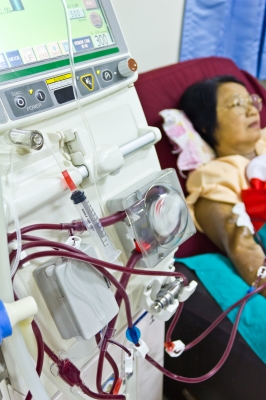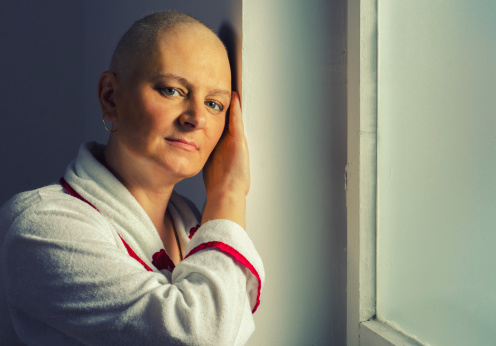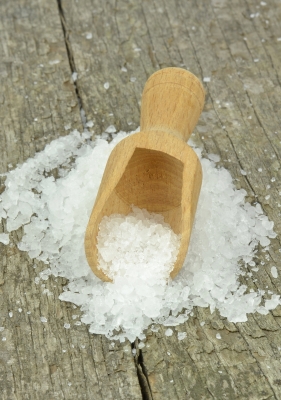The Heart Foundation has finally trashed the last of its credibility.
Last week, (an ecstatic) Nestle announced that it had secured a Heart Foundation tick on 44 of the 46 breakfast cereals it sells in Australia.
The line-up of tick-approved products will now include some of the highest sugar breakfast cereals on sale in Australia. Milo and Milo Duo (both 29.7% sugar), Uncle Toby’s Oats Temptations (up to 34% sugar) and Uncle Toby’s Healthwise for Heart Wellbeing (30% sugar) will join the Kellogg’s Just Right (31.1% sugar) on the list of cereals the Heart Foundation says you should be eating.
The only two Nestle breakfast cereals now lacking the tick of approval are Nesquick (31.7% sugar) and Uncle Toby’s Plus Protein Lift (25.3% sugar). But don’t worry they’ll both be tickety-boo in no time. They’re currently being “reformulated”.
Nestle won’t have to worry about reducing the sugar content while it is reformulating. You see, the Heart Foundation doesn’t care about the sugar content of a tick-approved product.
A fan of my blog shared some his correspondence with the Heart Foundation this week and it revealed some interesting insights into the process.
The Heart Foundation said:
“Sugar is not a criterion because added sugar and natural sugars have similar effects on the body and based on the current level of evidence, sugar is not directly linked to [heart disease], diabetes, or obesity.”
Which is a really odd stance to take because even the briefest glance at the scientific literature would reveal that the cup of evidence against sugar runneth over.
Take for example the recent review of the evidence (published in theAnnals of the New York Academy of Science), which concludes:
“…recent data suggests that fructose consumption in humans results in increased [stomach fat], [fat] dysregulation, and decreased insulin sensitivity, all of which have been associated with increased risk for [heart] disease and type 2 diabetes.”
Perhaps the Heart Foundation forgot to renew its journal subscriptions because its “evidence” proves sugar is not dangerous. If (by evidence) you’re thinking about an extensive literature review (oh say, like the one I just mentioned), you’d be unfulfilled. If you’re thinking about a series of population studies, disappointment is in your future. Even if you’re thinking of a single rat study, you’re aiming too high.
No, the Heart Foundation’s “evidence” appears to be a single graph. The (unattributed) graph shows an increasing trend of obesity plotted against a decreasing trend of sugar consumption. There’s no sign of any evidence about heart disease or diabetes, but perhaps we just have to take those on faith.
Under further questioning, the Heart Foundation revealed to my correspondent that the source of the graph was the research conducted by Alan Barclay (the chap who helps the folks slapping low-GI stickers on packets of sugar). They referred him to theDietitians Association press release about Dr Barclay’s study for confirmation.
Unfortunately, Dr Barclay’s paper has not been published, so figuring out how he arrived at the graph is a little difficult. Just about the only thing that is clear is that the graph produced by the Heart Foundation bears no relationship to the data on sugar availability (there is no current consumption data) from the Australian Bureau of Agricultural and Resource Economics (a government department).
ABARE seems to think that Australian domestic sugar availability has gone the way we might have expected it to (from about 45 kilograms per person in the mid-‘80s to about 62 kilograms per person in 2009).
But even if the Heart Foundation’s graph was entirely correct, what would it prove? Well, nothing really. No one is suggesting that sugar consumption today results in instantaneous population-wide obesity.
The science says that (one of the ways) fructose makes us fat is by interfering with our appetite control over decades of continuous consumption. The cumulative effect of this is steadily increasing weight and concurrent metabolic dysfunction (which make us prone to Type II Diabetes and Heart Disease).
The increase in obesity statistics we are seeing now is likely to be a result of the appetite disruption (caused by sugar) between the Second World War (or even earlier) and now. So comparing today’s obesity statistics with today’s consumption is a pointless academic folly (even if it were accurate).
That would be rather like looking at this graph of lung cancer death versus cigarette consumption in 1980 and concluding that there was no correlation (because the lines had gone in opposite directions since 1960). But this is exactly the scientific method that the Australian Heart Foundation has deployed in justifying its stance (that sugar is not a relevant criteria for its tick program).
That’s not just bad logic, it’s not even bad science, it’s just straight out deceptive. I guess this all raises the question, why would anyone (least of all the Heart Foundation) be attempting to prove we eat less sugar now? One glance at the local supermarket (especially the breakfast cereal aisle) will tell us that is patent nonsense, so what would motivate someone to suggest it is so?
I hope it’s not just the lousy few million smackeroos the foundation makes every year from this little jape. Because if that’s the sole motivation behind this pathetic denial, then it is a dreadfully low price to pay for the health of a nation. The cynical lawyer in me suspects somewhere, somehow, someone is making real money out of this, but the father in me just wants the deception to stop — now.


















Recent Comments